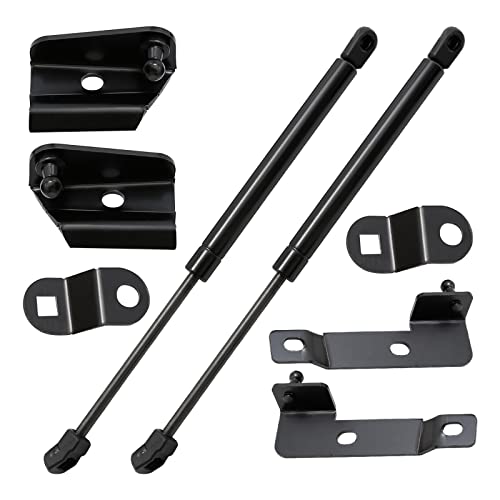maulbeagle
Member
My 2011 D22 had two batteries for cranking from the factory.
I disconnected the positive feed from the drivers side battery, then ran this feed through a manual reset switch/breaker, to the Redarc Isolator.
The Redarc isolates the batteries when the voltage of the cranking (passenger side) battery drops too low, however what it doesn't do (and I'd assume it should) is isolate the batteries if the feed from the main (cranking) battery disappears. This could be because the manual reset switch/breaker has been tripped.
In this case, the Redarc stays engaged, so both batteries are connected.
Is this normal ?
Thanks,
Paul
I disconnected the positive feed from the drivers side battery, then ran this feed through a manual reset switch/breaker, to the Redarc Isolator.
The Redarc isolates the batteries when the voltage of the cranking (passenger side) battery drops too low, however what it doesn't do (and I'd assume it should) is isolate the batteries if the feed from the main (cranking) battery disappears. This could be because the manual reset switch/breaker has been tripped.
In this case, the Redarc stays engaged, so both batteries are connected.
Is this normal ?
Thanks,
Paul

























